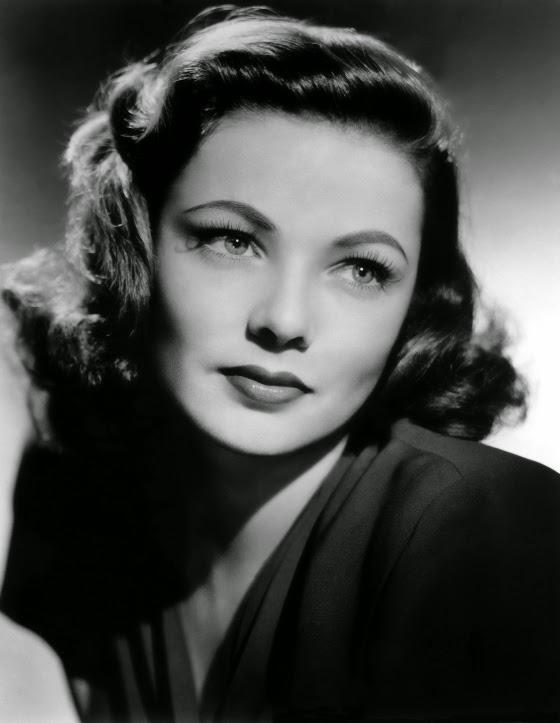Myself, Megan and Rory have decided to shoot for our New Wave film in Nottingham. We have chosen this area as we can film in a busy urban environment, in addition to some scenic pituresque locations such as Wollaton Hall. We will be shooting footage from around 10:00-14:00. After editing our footage, we will result with a new wave film around 4-5 minutes long. I have made a plan of action (shown underneath), listed with brief information that we need to shoot, e.g the type of equipment that we need, lighting and sound techniques. We were originally planning to shoot in Oxford, but a change in travel circumstances resulted in us having to change our location. Thankfully we found out in advance, so we did not have to change our shooting plans too much.
Some techniques I will be using are:
- Short shot length, as used in New Wave films.
- Handheld shots and static/tripod shots, panning.
- Tracking and panning shots, following people walking around the city.
- Depth of field, experimenting with shallow depth of field and extended depth of field.
An online conversation between myself, Megan and Rory discussing and briefly planning the date/location.
Train times and prices of the day that we plan to shoot in Nottingham.
The weather forecast for the planned day. Tuesday 20th September.
Equipment: For this shoot we will be needing a Canon 5D mark II camera, a Canon 40D camera to shoot stills for evidence, camera battery x2, compact flash cards x2, a standard photography tripod or a fluid head tripod and possibly a reflector.
Lighting: I will be using natural lighting for this shoot, as New Wave films classically use natural lighting. I will be shooting predominantly outdoors, however shooting indoors would allow for use of artificial lighting.
Sound: The sound will be diegetic.
Locations: Around Nottingham City Centre and Wollaton Hall.
Weather: Above is a weather forecast for the planned day of shooting. The forecast is light cloud, which will allow for an adequate amount of natural lighting, not too overcast or sunny.
Dates: Tuesday 30th September.
Roles: I will be travelling to Nottingham with Megan and Rory from the group. We will all be filming separately, despite using similar locations and shots.
S Parade/Old Market Square/Nottingham Town Hall.
Wollaton Hall.
The bus journey from Nottingham City Centre to Wollaton Hall.




















